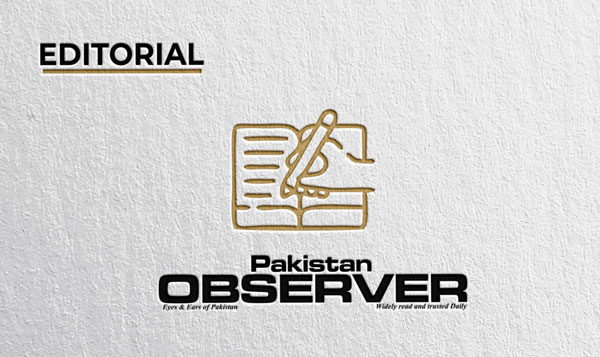IN the labyrinth of economic challenges facing Pakistan, the dwindling textile exports stand out as a beacon of concern. The recent projection indicates a significant drop in textile exports, painting a sombre picture for a sector that serves as the lifeblood of the economy. With exports expected to plummet by $2.68 billion in the current fiscal year compared to FY22 figures, urgent intervention is imperative to reverse this distressing trend.
constitute the cornerstone of Pakistan’s export prowess, contributing a staggering 60% to export revenue. Beyond its economic significance, the textile industry serves as a primary source of employment, offering livelihoods to approximately 40% of the industrial workforce. Given its pivotal role, nurturing the textile sector is not just a matter of economic strategy; it is a social imperative. The closure of 40-50% of industrial units due to the non-availability of the Regionally Competitive Energy Tariff (RCET) underscores the gravity of the situation. This loss is not merely a statistic; it translates into lost jobs, shuttered businesses, and a palpable sense of uncertainty for countless families. The ramifications extend far beyond the confines of boardrooms and balance sheets, permeating the fabric of society itself. The Commerce Ministry’s proactive stance in advocating for the reinstatement of RCET reflects recognition of the urgent need to bolster the textile industry. However, addressing the challenges facing the textile sector requires a comprehensive approach. Beyond RCET, the textile industry grapples with a myriad of hurdles, ranging from infrastructural deficiencies to regulatory bottlenecks. Investment incentives, streamlined regulatory frameworks, and targeted support for research and innovation are indispensable in unlocking the sector’s full potential. As a catalyst for innovation and competitiveness, the SIFC can spearhead initiatives aimed at addressing the systemic barriers hindering the growth of the textile industry. By fostering collaboration between public and private stakeholders, the SIFC can serve as a linchpin for transformative change.










